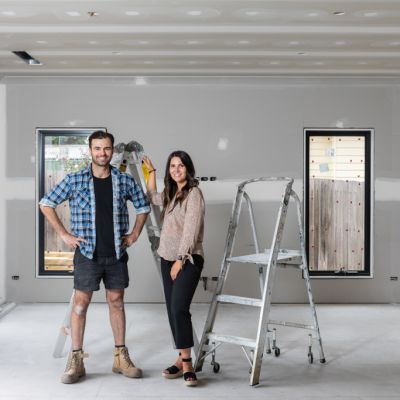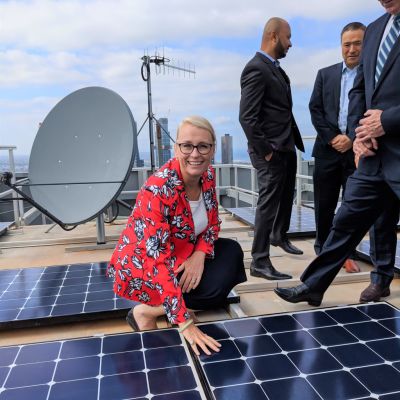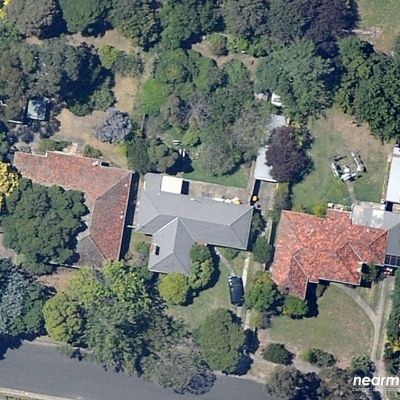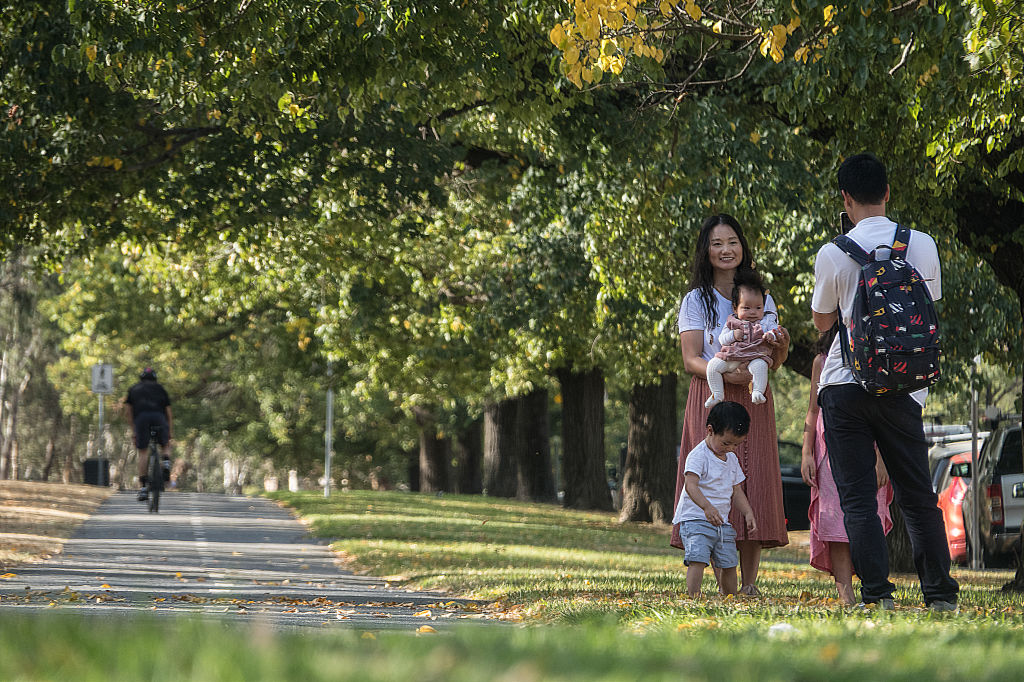Urban tree cover on public land improving, but private land needs to be next: experts
Tree cover in Australia’s inner cities is improving because of planting efforts by councils aiming to make up for trees lost to new developments, drought and other causes, experts say.
But most of the planting has been done on public land, leaving more room for improvement on private property, they argue.
The City of Melbourne, in particular, has been doing well with a council program to plant 3000 trees a year, RMIT research officer at the Centre for Urban Research Thami Croeser said.
This will help replace the 2000 lost in a decade to big developments. Between 2008 and 2017, a further 8000 were lost to a variety of causes such as vandals, drought, smaller developments, vehicle damage and establishment failure of young trees, Croeser says in newly released research, but the city was still making some headway on its goal of 40 per cent tree cover by 2040.
“They have pretty good tree protection rules,” he says. “The biggest trees are being protected quite effectively.”
Other cities around the country had similar goals and were on a similar path to achieving them, University of Queensland researcher and urban foresting consultant Dr Lyndal Plant said.
“They’re doing a damn fine job. The City of Sydney is one of the few councils that gained tree cover over the last few months,” Dr Plant says. “Councils are stepping up to the plate.
“In spite of tree removals that happen due to development, there’s a commitment [to plant more].”
 Governments need a better approach on household energy efficiency: Melbourne researchers
Governments need a better approach on household energy efficiency: Melbourne researchers Australia’s homes aren’t built for a hot climate, will perform poorly as temps rise: experts
Australia’s homes aren’t built for a hot climate, will perform poorly as temps rise: experts ‘Critical and urgent’: Melbourne high-rise buildings should add solar, Lord Mayor says
‘Critical and urgent’: Melbourne high-rise buildings should add solar, Lord Mayor says A bold plan for Melbourne: By 2050, have the world’s most extensive urban forest
A bold plan for Melbourne: By 2050, have the world’s most extensive urban forest

Croeser says a tree near a development site was about six times more likely to be removed than one that wasn’t.
“We found some control sites with some trees there and there they were quite often safe,” he says.
While Dr Plant was pleased with the efforts made to plant trees in Australian cities, she says this was more often done on public land.
“Thami’s research seems to confirm that, despite the removals, there is a commitment to replacement, but we need to do better on private property,” she says. “Those new small-lot developments on the urban fringe also need to do a lot better.”
Almost all of Melbourne’s councils are working together on a plan for Melbourne to have the world’s most extensive urban forest by 2050, as backyard trees are lost to residential consolidation.
One way of making private property greener would be to incentivise green walls or green roofs, Croeser says. He pointed to Berlin, which now has green roofs equivalent to an area the size of four Melbourne CBDs.
“Making sure that new buildings are contributing to the greening is something I’d love to see as a policy in Australian cities but, looking back, I’d hoped that would have been there as the cities had grown up,” he says.
As climate change worsens in the coming years, Croeser says it is more important than ever to continue to plant and nurture trees in urban environments.
“The heat waves we’ve seen in Melbourne just keep getting worse and worse,” he says. “That’s what kills people. We’re not just giving streets characters or making them beautiful, we’re preventing deaths.
“[Another thing] we’re seeing more and more is flash flooding in cities. Trees are good at absorbing that, soaking it up.”
There were other, well-established, health benefits of living in green cities, Dr Plant says.
“If we look at tree cover, in general, in urban areas, there’s this overwhelming body of evidence that it is vitally important,” she says. “Not just for cooling, but for our physical and mental health. It’s been a no-brainer for some time.”
We recommend
We thought you might like
States
Capital Cities
Capital Cities - Rentals
Popular Areas
Allhomes
More







